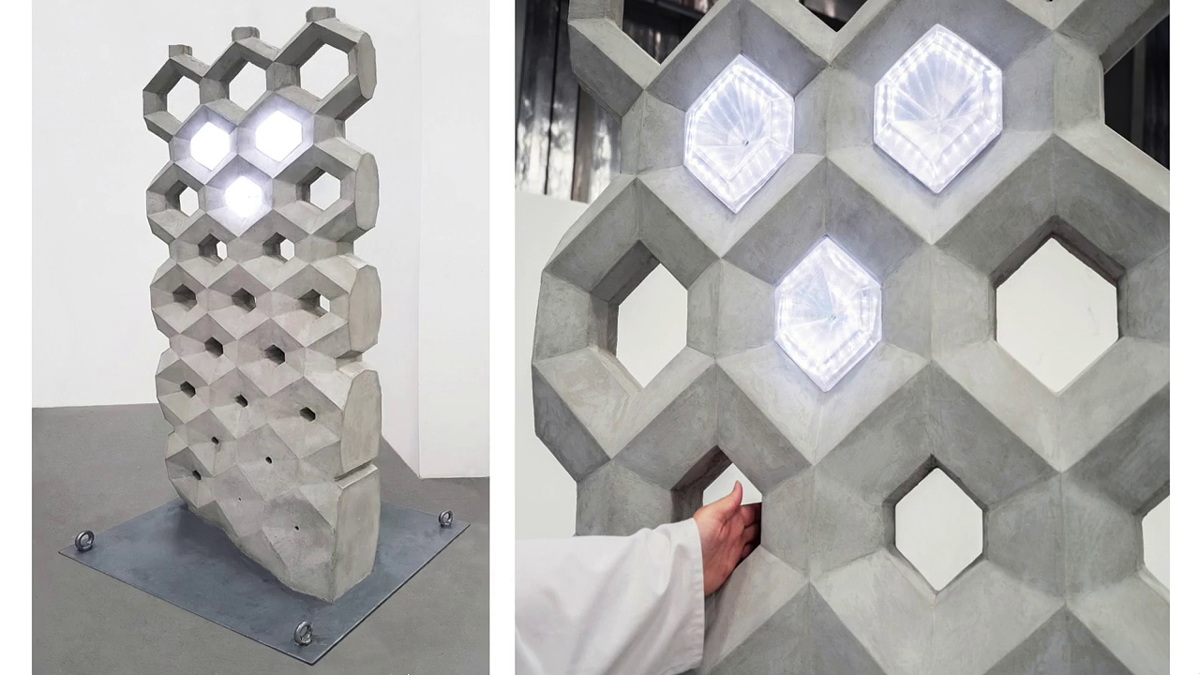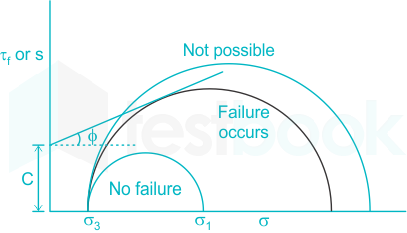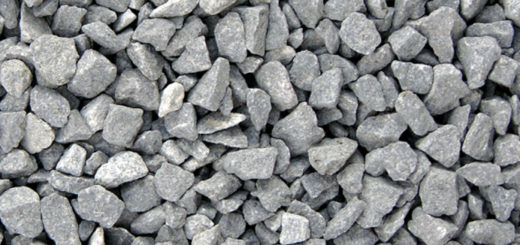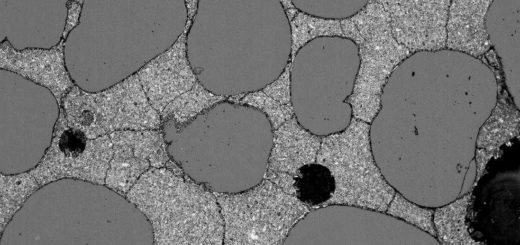Smart Concrete: The Future of Construction
The technological development in the world has brought the construction industry to a different level. One of the most used construction materials concretes has also made this revolution. Smart concrete is one such invention that creates the world to think differently.
Concrete has been a popular composite material for many types of structures for a long time. Concrete’s inability to tolerate stress, which can quickly lead to cracks, is one of its weaknesses. Monitoring concrete structure cracks and halting their spread has become extremely popular. These initiatives are crucial for the prompt repair, security, and long-term endurance of crucial infrastructure. Non-destructive tests have been employed in a variety of methods to meet the demand, but the tests are still seen as expensive because they involve attaching or embedding sensors into structures.
Dr. Deborah D.L. Chung of the State University of New York at Buffalo developed smart concrete. To boost its ability to sense strain or stress while maintaining its outstanding mechanical qualities, smart concrete is reinforced with carbon fiber in the range of 0.2% to 0.5% of volume.
The electrical resistance of concrete can be made to improve in response to strain or stress by mixing in a small amount of short carbon fiber with a regular concrete mixer. The contact between the fiber and cement matrix is modified as the concrete is deformed or stressed, which in turn affects the concrete’s volume electrical resistivity. Electrical resistance can be measured to identify the strain. To monitor the internal status of structures and to respond to earthquakes, smart concrete has the potential to detect minor structural defects before they become serious.
Self-sensing concrete, self-adjusting concrete, self-healing concrete, and other types of smart concrete fall under this very broad group of materials.
A subset of smart concrete, which was first proposed and has undergone extensive and systematic research, is self-sensing concrete. Excellent mechanical qualities, durability, a long service life, and ease of installation and maintenance are the key benefits of self-sensing concrete.
Self-sensing concrete is used widely in civil infrastructure, including high-rise buildings, highways, bridges, airport runways, and continuous slab-type sleepers for high-speed trains, dams, and nuclear power plants. It has particular promise for use in the monitoring of structural health, traffic detection, etc.
The use of smart concrete for ensuring sustainable development in concrete materials and structures is self-sensing concrete. The conventional concrete materials industry will undergo a profound transformation as a result, which should be good for the economy, society, and environment.
Smart Concrete Types
The different uses of smart concrete have evolved the world to the next level. Let’s what are the main types of such developments.
- Crystalline Waterproofing
- Durability Enhancement
- Concrete Monitoring Sensors
- Use of Nano Technology
The technological development of construction materials has advanced the industry. However, it should be noted that we shall be very careful about material failures. The use of these materials could be done after careful study. Though there is a material safety factor to encountering issues in the materials, when new materials are used, it is very vital to have confidence in those.
Repairing Concrete Structures
Since the technology has not yet undergone the necessary advancements for usage in large-scale applications, the use of smart concrete for structural repairs has not yet been suggested. Smart concrete can be a useful tool for repair interventions because it can automatically alert when a fracture reopens or when new damage forms in a section of the structure that has been fixed. The material must have expansion qualities in order to carry local static stresses and adhere to the restored structure as best as possible before it can be employed for structural repairs. It also has to have its shrinkage and creep properties thoroughly studied.
Traffic Detection
The management and operation of traffic operations depend heavily on vehicle detection. Currently, traffic data is gathered and processed using a variety of detection technologies. These traffic statistics are primarily gathered through sensors placed alongside or buried beneath the road.
An innovative approach to creating vehicle detection sensors is self-sensing concrete. Because they are made of concrete materials, a vehicle detection sensor constructed with self-sensing concrete has several advantages over conventional detectors, including simple installation and maintenance, a large detection area, low cost, a high level of anti-jamming ability, a long service life, and good compatibility with pavement structures.
Traffic flow rates, vehicle speeds, traffic density, and even weighing in motion can all be detected using self-sensing concrete embedded in the pavement or bridge sections. They can be used in the parking automation system in addition to detecting automobiles on roads. Additionally, these self-sensing pavement or bridge segments can offer data support for traffic infrastructure structural health monitoring and condition assessment.
Other Advantages of Smart Concrete
- Real-time monitoring can be done
- Smart concrete is stronger than the conventional concrete
- The cost of construction would be higher than the conventional concrete. However, the total cost together with sensing equipment to be installed in the conventional concrete would be higher than the smart concrete.
- Its self-healing properties cannot be achieved with conventional methods. It helps to heal the cracks
- Reduce the corrosion of the reinforcements
- Reduce the repairs in the concrete with low concrete deterioration.




